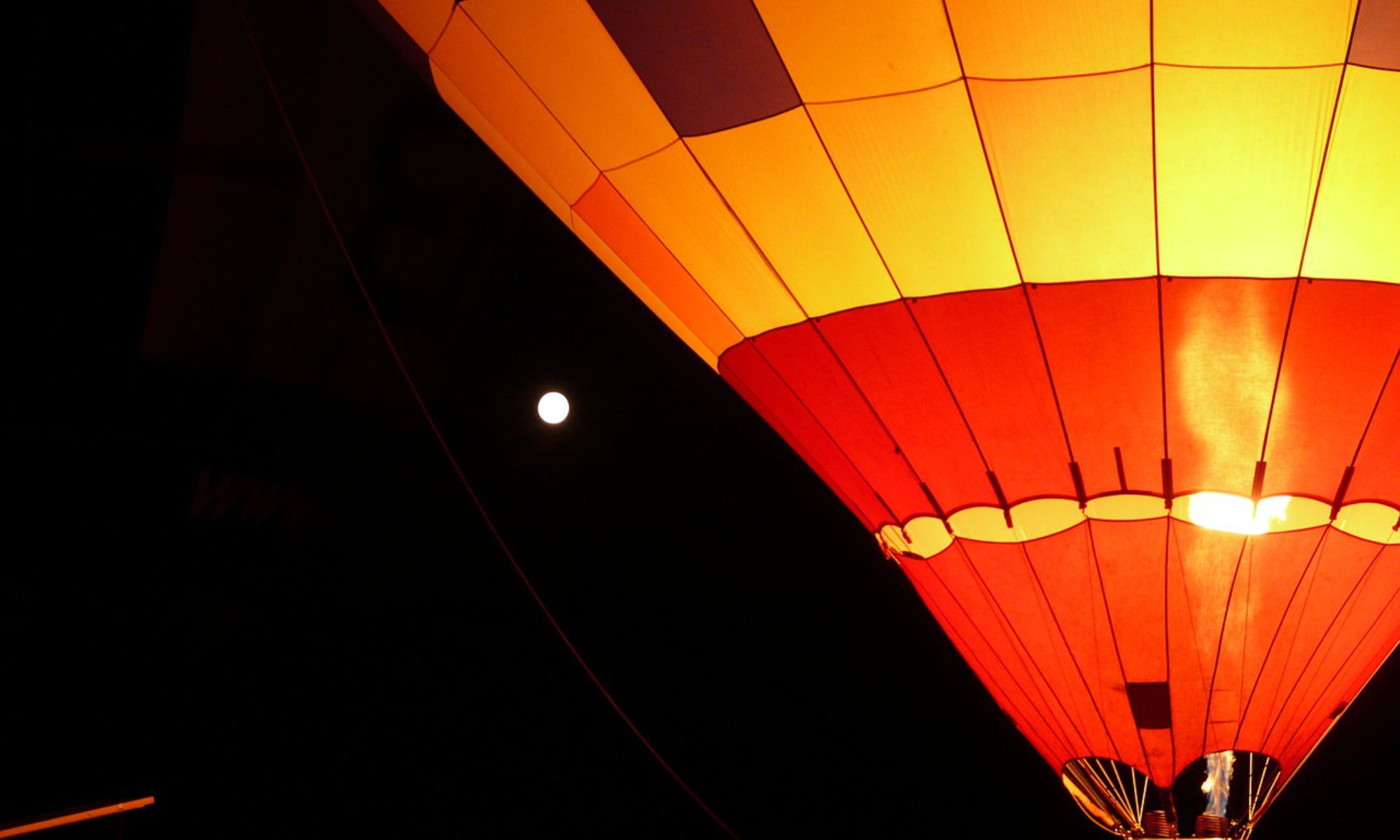The first thing to say is that virtually every nation has developed its own overall public response, so different limitations exist as do different policies for ‘exit’ timing. Even within single countries (such as Germany) several variations and enforcement levels exist.
Clearly the most limiting element in all this is ‘social distancing’, which varies from 2 (UK)-10 (Denmark) people in a group, and at distances ranging from 1.5-2.0m.
In addition certification limits (Maintenance Manual Programme) mean that there can be no deferral of annual inspection by more than one month for any EASA-certified manufacturer, even though other elements such as ARCs and pilot medicals are being extended in most countries. This may mean a queue for inspections once opening-up is announced, and only then if distancing is not enforced. Imagine inspecting a Group D balloon with limited help?
Remember that big balloons using the rapid deflation methods installed by most, if not all, manufacturers, have a calculated Minimum Landing Mass (a Flight Manual Limitation). This means you cannot just say “let’s take 8 passengers instead of 16”.
Then the distancing issues, starting before the flight:
- Can a briefing be given without passengers being shown the safety features of entry, restraint, landing position etc?
- How many passengers can be in each compartment (even if separated by a screen between compartments)? Most sections are at maximum 2-2.5m long.
- With small single-compartment baskets required separation is practically impossible without obstructing the pilot.
- How is the work of rigging, inflating, and subsequent packing to be achieved with separation? A 375 balloon envelope weighs around 350-400kg. Even with mechanical assistance this will be a challenge.
- Returning to the take-off site in a vehicle. How many occupants (including pilot, crew, pax) are permitted in a vehicle?
- How will landowners/farmers react to a large group of strangers arriving on their land?
All this assumes that VFR flight is permitted by the NAA and that limitations on location (most aircraft, but not balloons, take off and land in a known and controlled environment) are relaxed. Even private flights are likely to be affected by many of these considerations.
Some questions can be answered by innovation, but care should be taken not to solve one problem and inadvertently create another.
Phil Dunnington


All good valid points – it’s going to be a challenge. Coupled with losing substantial income for the season we also have issue of CAA invoicing us for this years operating fees – even though we are not legally allowed to operate…. no deferral on these fees –
I have to agree with Shiralee here. The CAA invoice arrived at about the same time as all flying activities were grounded. Back in early March when all of this was developing I had asked the CAA for a deferral (in anticipation) of my CofT (due for renewal 24/04/20) and it took over a month to get an answer – but what a relief to know the CAA accounts department is still running efficiently. I am tempted to not pay the invoice. Let’s be honest what’s the worst they can do? If they order me to cease operations – so what! We won’t be flying pax for the remainder of 2020 and probably until a vaccination is rolled out. Plus the relaxing of the hurdles in issuing an AOC to a mere DBO declaration is so simple what’s the point / benefit in paying to maintain your AOC / DBO. As we’re now under a DBO why not just let it lapse and then when we can return to normal declare another new one?!
This virus is a disaster for the commercial balloon operator and there is no obvious way out. For the private balloonist things may be a little different. Should the solo balloonist in his or her cloud hopper be free to fly first? With care a pilot could both take off and land without third party contact.
How about the pilot plus one balloon where the other person on board is already isolated with the pilot?
And then there are a few thermal airships that can land back at their take off place but involve three or four crew.
Somehow we have to get back in the air as soon as practical.
Thank you for your efforts on our behalf.
Even once restrictions are lifted it is difficult to imagine that large numbers of the public will be willing to get into a confined space with several other ‘unknown’ people. Sport ballooning will be fine but I think that high capacity commercial ops are going to struggle for quite a few years.
I am working on a procedure to be introduced to CAA at my country. As soon as I finished it I will share it. Initially it will be addressed to small size balloons, if it works, next step is to upgrade it for larger balloons. Insurance as a fix cost is another consideration aspect as well as AOC fee.
We are now nearly in March 2021 and things are not looking good in many countries. In the Netherlands ballooning is allowed with up to 2 passengers. BUT training-flights and instruction/examination-flights are disallowed. Many a pilot would like to fly just to keep the feel for it, but he/she cannot get the LPC or OPC done. The 180-day rule makes it more difficult for commercial pilots since they cannot take the FI if they are not current. They could fly solo of course. But there is hope if the European nations get the vaccine and can give this to the general public in the next 2/3 months. This could restart ballooning activities. Otherwise, I do not see any permission for commercial Passenger Ballooning in the coming months in the Netherlands. I wonder how the medium to long term (say up to the end of this year) looks in other countries..?